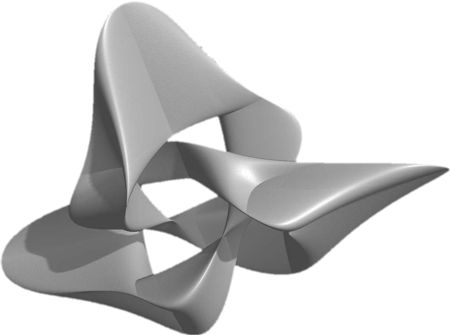Adrenaline
The “Fight or Flight” Chemical
Adrenaline is a remarkable chemical that equips the body to handle acute stress and high-energy demands. Its immediate effects are vital for survival, while its medical applications save lives in emergencies. Understanding and managing adrenaline’s role can help mitigate stress-related health risks and optimize its benefits in daily life and specialized settings.
Adrenaline, also known as epinephrine, is a powerful hormone and neurotransmitter produced by the adrenal glands and certain neurons in the central nervous system. It plays a crucial role in preparing the body for sudden action during stressful or high-energy situations, commonly referred to as the “fight or flight” response.
Production and Release
Adrenaline is synthesized in the adrenal medulla, the inner part of the adrenal glands located above the kidneys. Its release is triggered by the activation of the sympathetic nervous system in response to physical or emotional stress.
Key steps in the process include:
- Detection of a Stressor: The hypothalamus perceives a threat or stress.
- Signal to Adrenal Glands: The hypothalamus signals the adrenal medulla via the autonomic nervous system.
- Adrenaline Release: The adrenal medulla releases adrenaline into the bloodstream and nerve synapses.
Functions of Adrenaline
Adrenaline prepares the body for immediate physical action by activating various physiological responses. Its effects include:
1. Cardiovascular Effects
- Increased Heart Rate: Ensures faster blood circulation to vital organs.
- Vasoconstriction: Narrows blood vessels in non-essential areas (e.g., skin) to redirect blood flow to muscles and brain.
2. Respiratory Effects
- Bronchodilation: Expands airways to enhance oxygen intake.
3. Energy Mobilization
- Glycogenolysis: Stimulates the breakdown of glycogen into glucose, providing a quick energy source.
- Lipolysis: Promotes fat breakdown for additional energy.
4. Heightened Awareness
- Improves focus and reaction time by activating the brain’s alertness centers.
5. Reduced Non-Essential Functions
- Temporarily suppresses digestion, reproduction, and immune responses to conserve energy.
Adrenaline in Daily Life
1. Stress Response
Adrenaline is released during perceived threats, preparing the body to fight or flee. This response is essential for survival.
2. High-Performance Situations
- Athletes may experience adrenaline surges during competition, enhancing performance.
- Surgeons or first responders often rely on adrenaline to maintain focus under pressure.
3. Fear and Excitement
- Thrilling activities, such as roller coasters or public speaking, can trigger adrenaline, resulting in a mix of heightened alertness and exhilaration.
